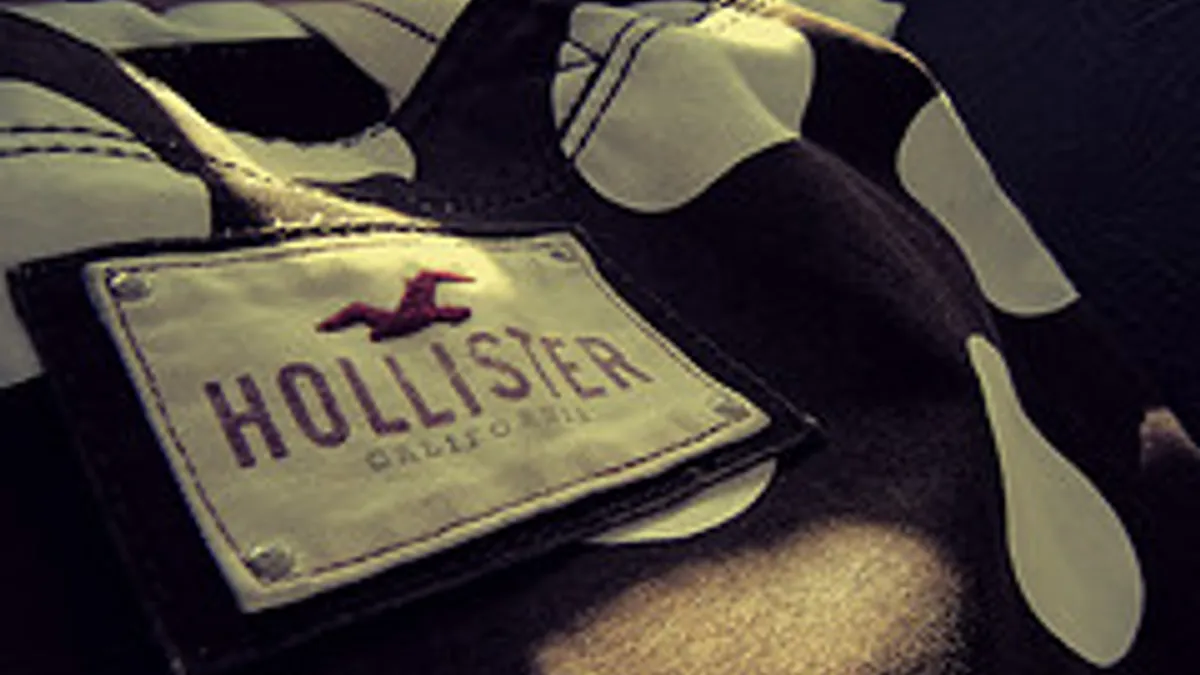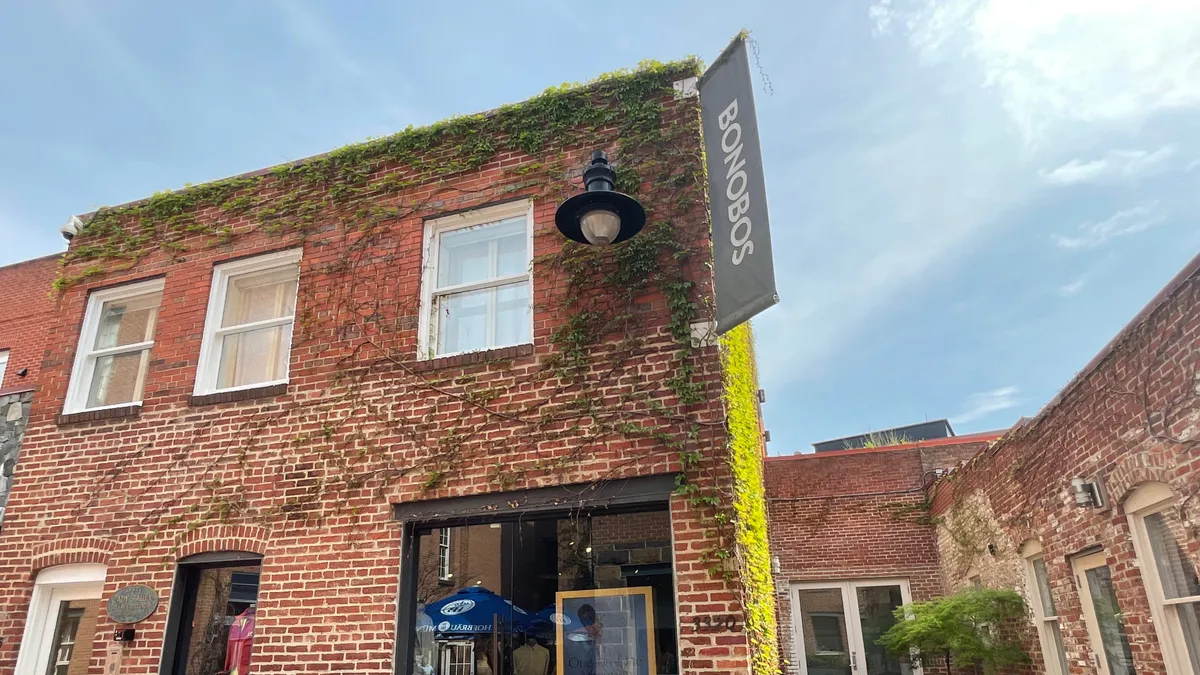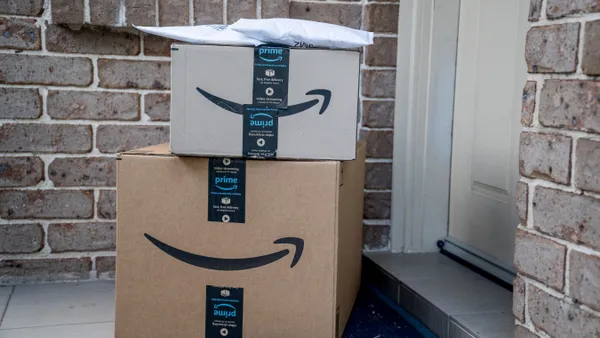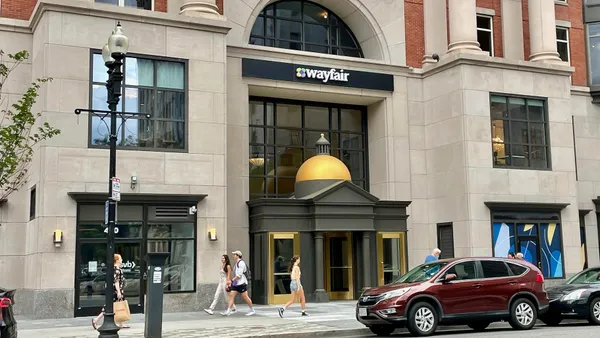Dive Brief:
-
Abercrombie & Fitch on Thursday reported Q4 same-store sales fell 5% and Q4 net sales fell 7% to $1.036 billion. Q4 direct-to-consumer and omnichannel sales grew to 31% of total company net sales, compared to 28% last year. For the full year, that category grew to 26% of total company net sales for the full year, compared to 24% last year, according to a press release.
-
The teen apparel retailer’s Hollister brand gave it significant uplift: While Q4 same-store sales at the flagship Abercrombie brand dropped 13%, Hollister posted a 1% uplift in the period, its first in a year. Full year same-store sales fell 5%, dropping 11% at flagship stores and remaining flat at Hollister. The retailer will continue its reliance on Hollister for its performance this year, projecting same-store sales to improve largely on that brand’s success, the company said.
-
The company also plans to shutter 60 U.S. stores as leases expire and will open six full-price stores, including four in the U.S. Last year, the company closed 54 stores, mostly in the U.S., and opened four full-price U.S. stores, six U.S. outlet stores, and 10 stores overseas.
Dive Insight:
The recovery that seemed nascent at Abercrombie in 2015 and continued in 2016 has devolved into a significant slump. “Fortunately, the group has a fairly strong balance sheet and remains profitable, which provides some comfort that it has the time and financial firepower to try and turn things around,” GlobalData Retail managing director Neil Saunders said in an email to Retail Dive.
In a statement Thursday, Abercrombie CEO Fran Horowitz noted the company’s strong balance sheet, too, and said the company’s results “reflect a still challenging and competitive retail environment,” adding that the intense competition forced discounts and hit margins. Horowitz, who previously led the Hollister brand and was part of a team of chief executives that replaced Mike Jeffries when he left in 2014, last month was named the company’s sole CEO.
While Saunders agrees that outside forces like falling spending by tourists and mall traffic declines have added to Abercrombie’s woes, its major problem is that its marketing and stores are simply not resonating with customers. “It is now clear that fairly decisive and radical action is required to reconnect the brands with consumers,” he said. “In essence [Abercrombie] has lost its reason for existing. This is a serious issue and is one that needs an urgent remedy.”
The teen retailer has struggled to replace its exclusive, cool-kid vibe perpetuated by longtime former CEO Jeffries (who stepped down after 22 years), which eventually drew scorn. While Hollister has been "on-point" with trending merchandising and well-targeted marketing, the flagship has leaned on discounts to move merchandise that has "lacked newness," according to a note from investment research firm Jane Hali and Associates emailed to Retail Dive.
A new marketing effort launched in the fall of last year hasn’t caught on, in part, Saunders says, because the effort has been “patch and piecemeal” and the marketing campaign itself is “confusing and opaque.” In fact, according to Jane Hali analysts, it's "targeted at a consumer that does not shop A&F, which only confuses the consumer even more."
Saunders hailed Abercrombie’s new store format being piloted in Columbus, Ohio, but said the company, while justifiably cautious about revamping possibly underperforming stores, won’t be moving swiftly to bring that into more areas. “This… is a step forward and is more reflective of what the brand now wants to stand for,” he said, noting that the integration of improved customer service elements like better fitting rooms and the ability to place online orders from the store are helpful.
If Abercrombie’s flagship brand hopes to match its success with Hollister, Saunders said, it has more work to do — and its ongoing efforts, however successful in the long run — are not likely to be reflected in upcoming sales reports.














